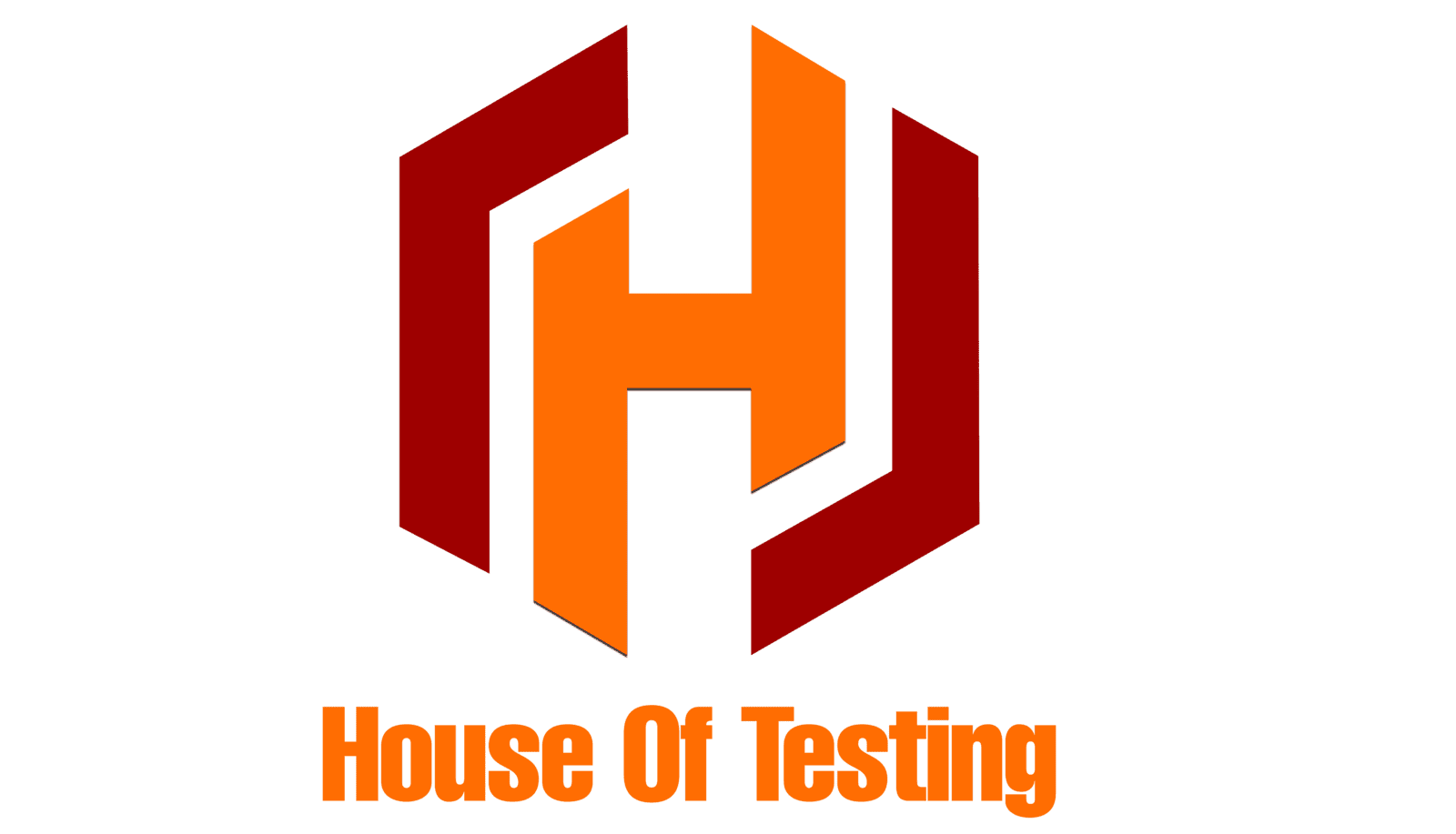LED Luminaries General Requirements
When conducting lab testing of LED luminaries general requirements, House of Testing Lab ensure accurate and reliable results which help to maintain consistency, accuracy, and repeatability in testing procedures.
Scopes & Testing
LED Luminaries General Requirements
Here are some key tests conducted on LED Luminaries:
1) Electrical Safety Tests:
- • Insulation resistance test: Measures the insulation resistance between electrical components.
- • Dielectric withstand test: Checks the ability of the luminaire to withstand high voltage without breakdown.
2) Photometric Tests:
- • Luminous flux measurement: Quantifies the total light output of the luminaire.
- • Luminous intensity distribution measurement: Determines the light distribution pattern and intensity in different directions.
- • Color temperature and color rendering index (CRI) measurement: Evaluates the color quality of the light emitted.
- • Chromaticity coordinates measurement: Specifies the color properties of the light in terms of its position on the CIE chromaticity diagram.
3) Electrical Performance Tests:
- • Power consumption measurement: Determines the electrical power consumed by the luminaire.
- • Power factor and total harmonic distortion (THD) measurement: Assesses the efficiency of power utilization and harmonic distortion of the electrical signal.
4) Thermal Tests:
- • Temperature rise test: Measures the temperature increase of critical components during operation.
- • Thermal imaging: Uses infrared cameras to visualize thermal patterns and identify hotspots.
5) Mechanical Tests:
- • Impact test: Evaluates the luminaire's ability to withstand mechanical shocks and impacts.
- • Vibration test: Assesses the luminaire's resistance to vibration and mechanical stress.
- • IP rating test: Determines the luminaire's level of protection against dust and water intrusion.
6) Durability and Reliability Tests:
- • Endurance testing: Operates the luminaire continuously to assess its long-term performance and reliability.
- • Environmental testing: Exposes the luminaire to extreme temperatures, humidity, and other environmental conditions to evaluate its durability.
7) Flicker and Stroboscopic Effects Tests:
- • Flicker measurement: Analyzes the presence and intensity of flicker in the light output.
- • Stroboscopic effect measurement: Assesses the potential impact of rapid light fluctuations on human vision.
8) Dimming Performance Tests:
- • Dimming range test: Measures the lowest and highest achievable light output levels.
- • Dimming compatibility test: Determines how well the luminaire functions with various dimming systems.
9) Emergency Lighting Tests:
- • Battery discharge test: Evaluates the performance of the luminaire's backup battery during power outages.
- • Duration test: Measures how long the luminaire provides emergency lighting.
10) Electromagnetic Compatibility (EMC) Tests:
- • EMI measurement: Evaluates the luminaire's electromagnetic interference with other electronic devices.
- • Immunity test: Assesses the luminaire's resistance to electromagnetic interference from external sources.
11) Light Distribution and Glare Tests:
- • UGR (Unified Glare Rating) measurement: Quantifies the discomfort caused by glare in indoor lighting.
12) Light Distribution Tests:
- • Goniophotometric measurement: Captures the light distribution pattern in different planes, helping in luminairies placement and design.
13) Labeling and Marking Verification:
- • Verify that the luminaire's labeling, markings, and safety information comply with relevant regulations.
Each test performed at House of Testing contributes to a thorough understanding of the luminaire's performance, safety, and suitability for its intended application. Manufacturers, regulators, and consumers rely on these tests to ensure high-quality, reliable, and safe LED luminaires.
PRODUCTS
- • LED Luminaries General Requirements
STANDARDS
- • IS:16106
TESTS
- • Luminous Efficiency
- • Color Rendering Index (CRI)
- • Color Temperature
- • Color Consistency
- • Color and Stroboscopic Effects
- • Heat Dissipation
- • Lifetime and Reliability
- • Lumen Maintenance
- • Ingress Protection (IP) Rating
- • Dimming Performance
- • Electromagnetic Interference (EMI)
- • Optical Distribution
- • Start-up and Warm-up Time
- • Power Factor and Total Harmonic Distortion (THD)
- • Mechanical Durability



